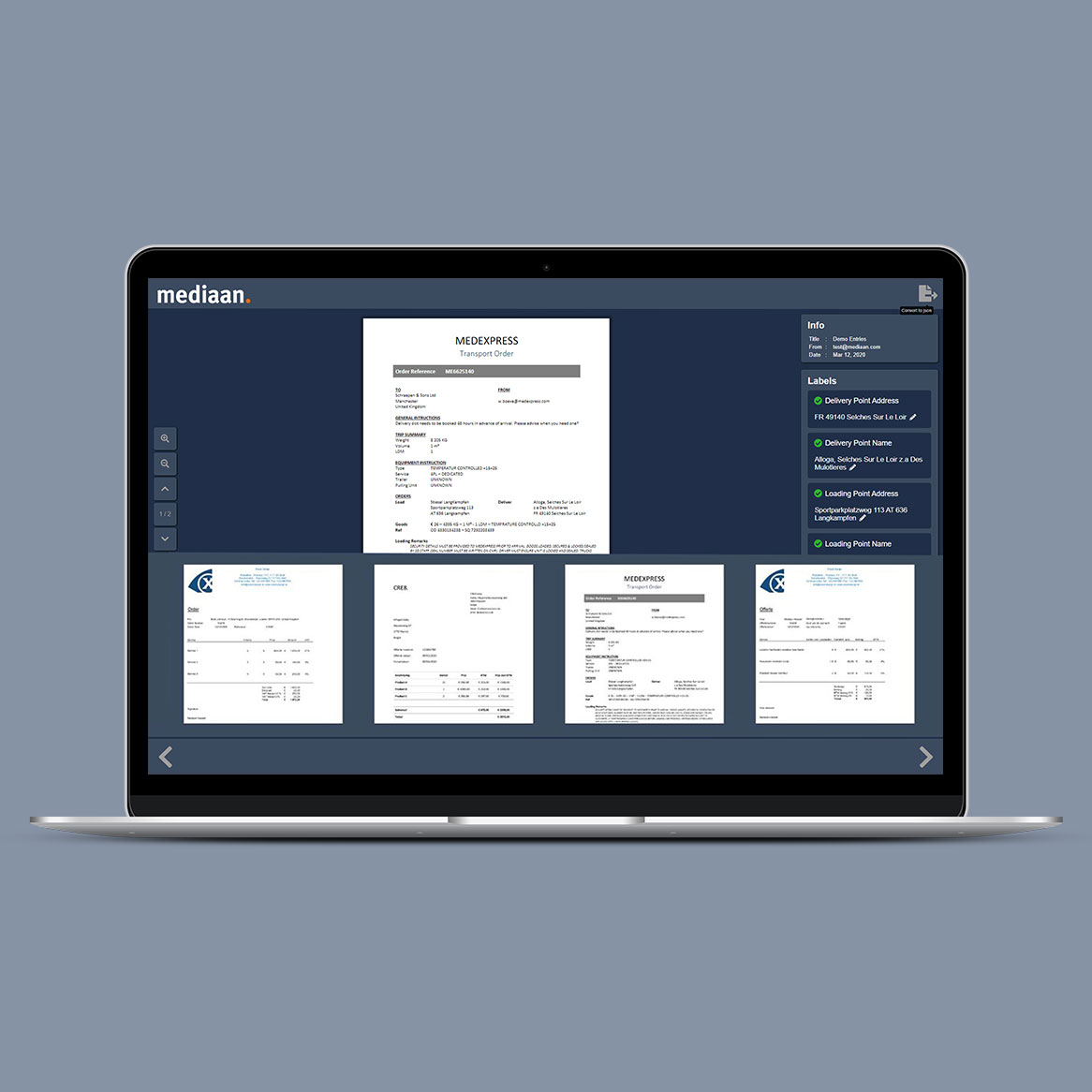Project Description
PREVENTING A FULL HOSPITAL OCCUPANCY
PREDICTING HOSPITAL BED CAPACITY DURING COVID-19 PANDEMIC

BRIEF
When the COVID-19 pandemic struck, hospitals worldwide faced enormous challenges. They had to gather every available resource to deal with an unprecedented pandemic. Managing and coordinating the admission of individuals affected by COVID-19 thus became a vital task to ensure the survival of as many people as possible.
Given the urgent and rapidly changing nature of the pandemic, short-term predictions became even more crucial. In this challenging period, we extended our support to our client, a hospital located in the southern region of the Netherlands. Our role involved predicting patient inflow and movements, which played a crucial role in estimating the hospital’s bed occupancy for the next two weeks, including both best-case and worst-case scenarios.
Our Data Scientist developed a robust prediction model that was capable of:
- Predicting the number of patients inflow, which was crucial to calculate the quantity and duration of bed occupancy in both regular and intensive care units.
- Offering predictions at both local and national levels, taking into account the occupancy rates of other hospitals throughout the country. This provided valuable insights into the national-level development of the pandemic.
THE CONCEPT
The ultimate goal was to prevent a “code black” situation, where the hospital reaches full capacity and becomes unable to accommodate new patients. Therefore, it was vital to gain insights at both the local and national levels, enabling our client to proactively implement preventive measures. For instance, they could reserve a few beds in anticipation of potential transfer requests from other hospitals or timely arrange patient transfers to other facilities when the local occupancy is predicted to reach capacity.
CHALLENGES
At the start of the pandemic, due to the unavailability of COVID-19 patient data, we had to rely on national datasets to assess the local situation. This had a negative impact on the accuracy of our predictions. However, once we gained access to internal data, the accuracy of our predictions improved significantly, allowing us to extend the forecast horizon. Additionally, we faced the challenge of trend distortion caused by various factors, including government intervention measures such as easing or implementing lockdowns. Nevertheless, thanks to the robustness of our model, it demonstrated the ability to adapt to trend distortion within a remarkably short period of time.
MEDIAAN IN ACTION
Throughout this project, we maintained a close collaboration with our client. The following techniques and technologies were used:
Python
Time-Series Forecasting
- Function Approximation
Machine Learning
- Microsoft SQL
Tableau
Docker
Apache Airflow

RESULTS
At the beginning of this project, our Data Scientist faced a data limitation, resulting in preliminary proof-of-concept (PoC) quality predictions. Despite this, the provided predictions already delivered value during the urgent pandemic situation. As we made improvements in data quality, our forecast and tool evolved and became more reliable, allowing us to offer increasingly accurate predictions regarding patient inflows and movements in both regular and intensive care units.
We managed to overcome the challenges and give our client a comprehensive overview of the situation at both local and national levels. This allowed them to effectively manage their resources, take preventive measures and ensure optimal care for all patients.
If you’re interested in understanding how to predict hospital bed capacity in non-urgent situations, you can explore a similar case here.
WANT TO SEE MORE?
OTHER PROJECTS
CONTACT
GET IN TOUCH!
Would you like to learn more about our solution? Just provide your contact information, and one of our experts will get in touch with you.
We hope we have now convinced you that we are the ideal partner to brainstorm with about your specific needs. Don’t hesitate to contact us!


